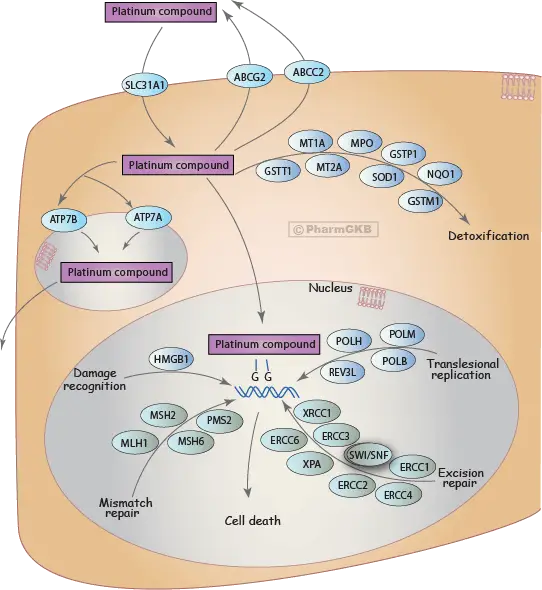
Cell Diagram with Platinum Compound Pathways
This detailed cellular diagram maps the intricate journey and impact of platinum compounds within a cell. It illustrates their initial entry, mediated by specific transporters like SLC31A1, and their potential efflux by proteins such as ABCG2 and ABCC2. Inside the cell, these compounds can undergo detoxification processes involving enzymes like GSTT1 and MT1A. Crucially, the platinum compounds enter the nucleus where they interact directly with DNA, causing damage (represented as GG adducts). The cell responds to this DNA damage through multiple sophisticated repair mechanisms, including mismatch repair (involving proteins like MSH2 and MLH1), excision repair (with components such as XRCC1 and ERCC1), and translesional replication (utilizing enzymes like POLH). Proteins like HMGB1 are crucial for damage recognition. Ultimately, the accumulation of unrepaired DNA damage or the activation of these repair pathways can lead to programmed cell death, highlighting the complex cellular responses to these compounds.
platinum - cell - DNA repair - detoxification - pathways - chemotherapy - drug action
You Might Like
-

Elegant Diamond Engagement Ring -
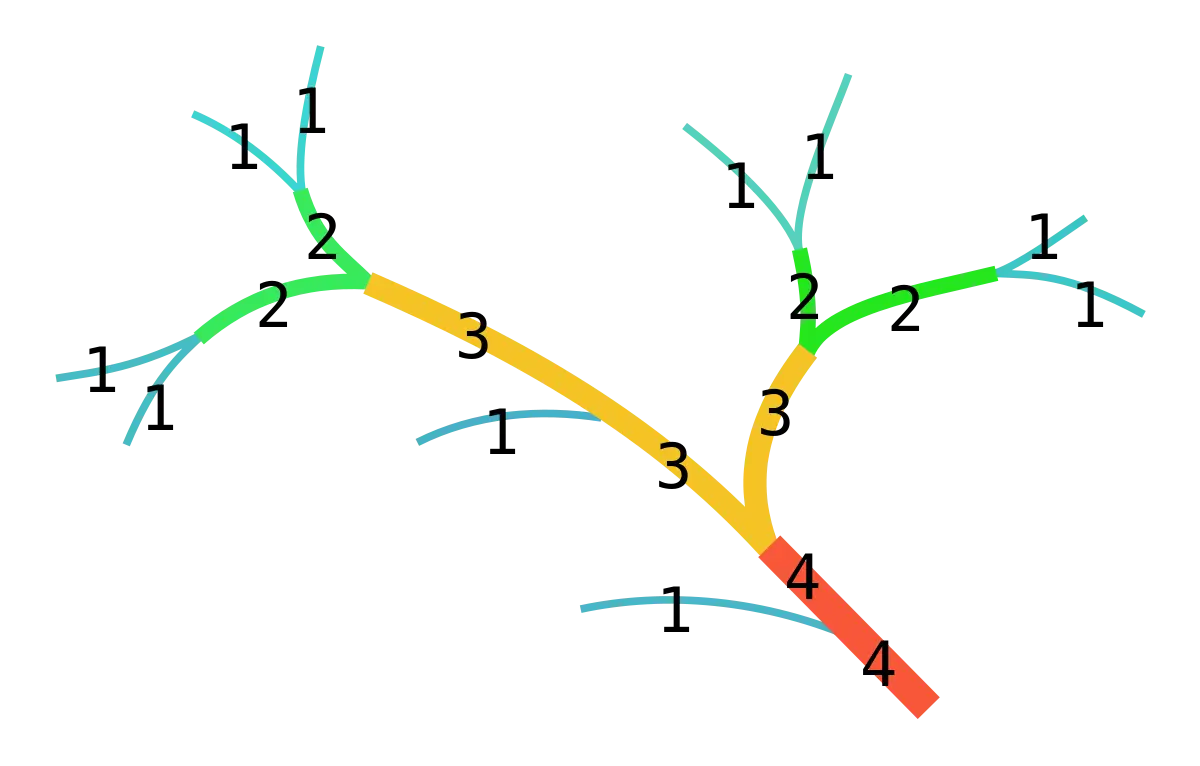
Tree Diagram with Numbers -

Virus Illustration -

Beautiful Garden with Pathways -

Sparkling Diamond Jewelry Ring -

Elegant Diamond Brooch -

Yellow Battery Illustration -
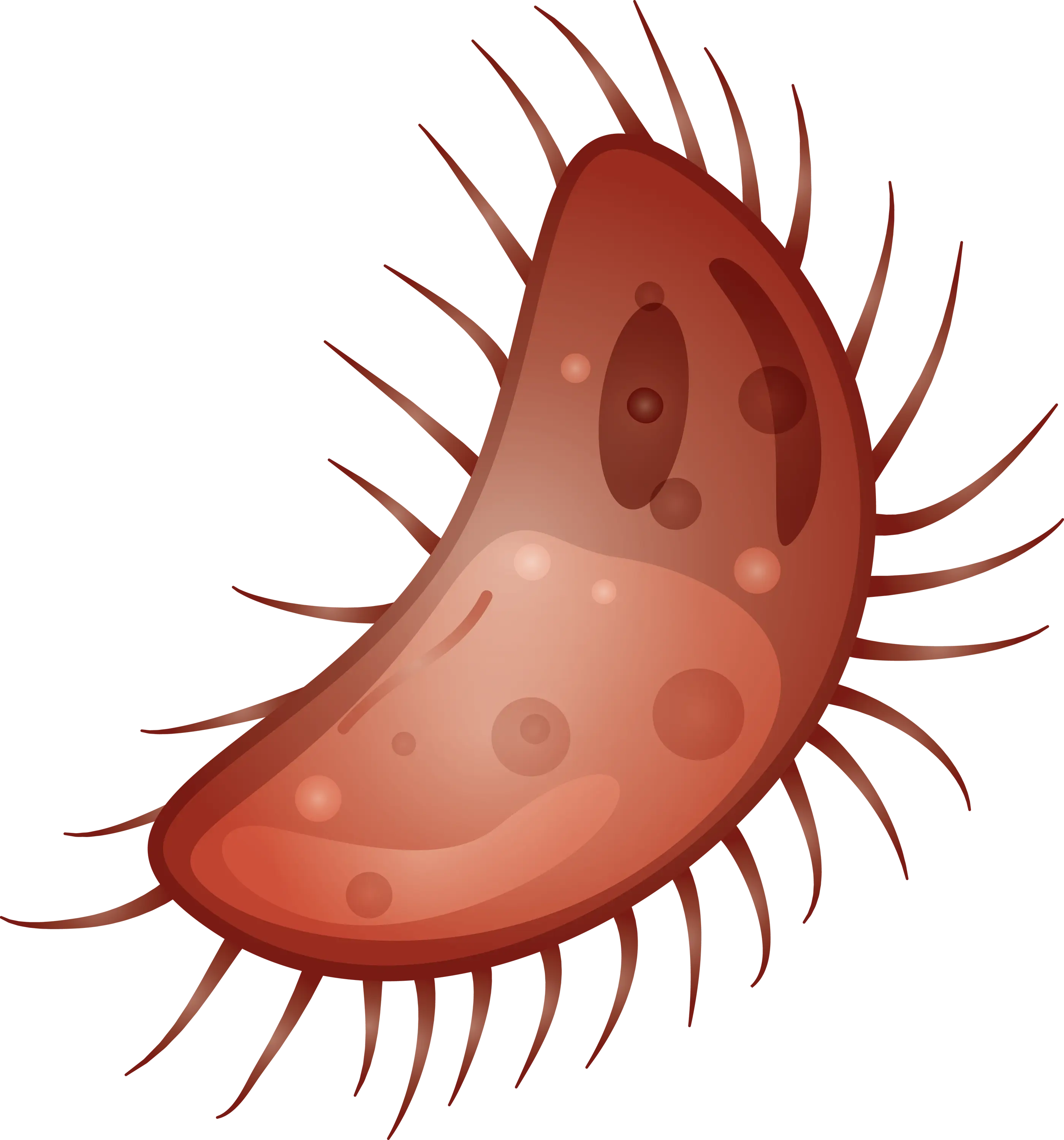
Illustration of a Bacterium -
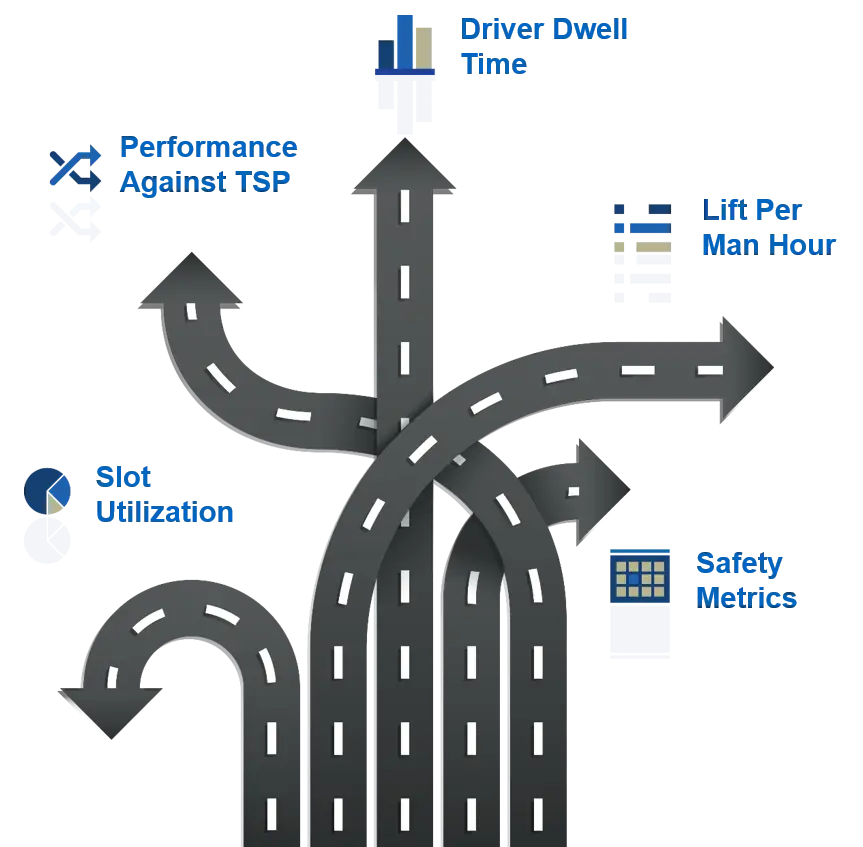
Performance Metrics Road Arrows Diagram -
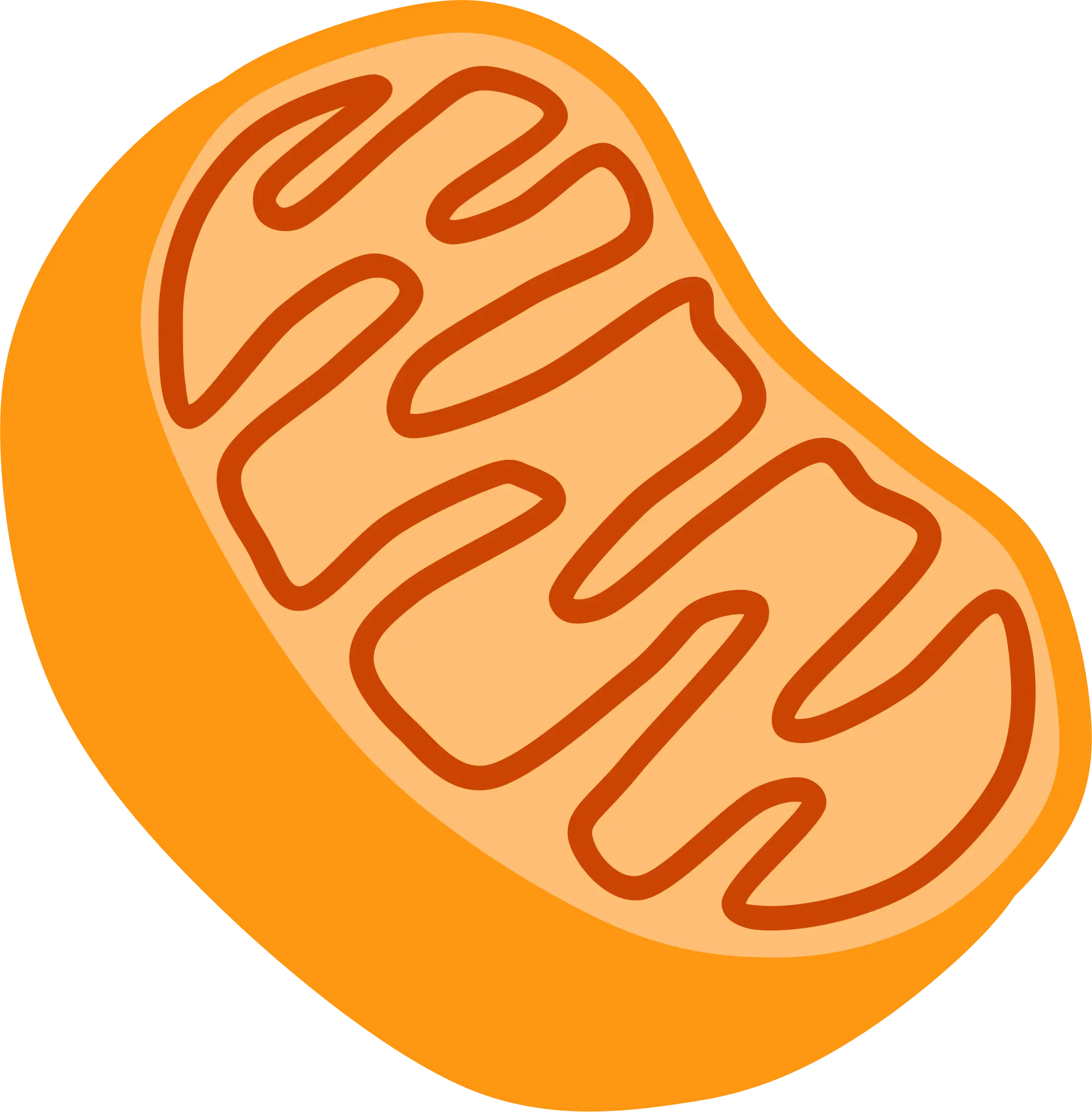
Mitochondrion Cartoon Illustration for Education -
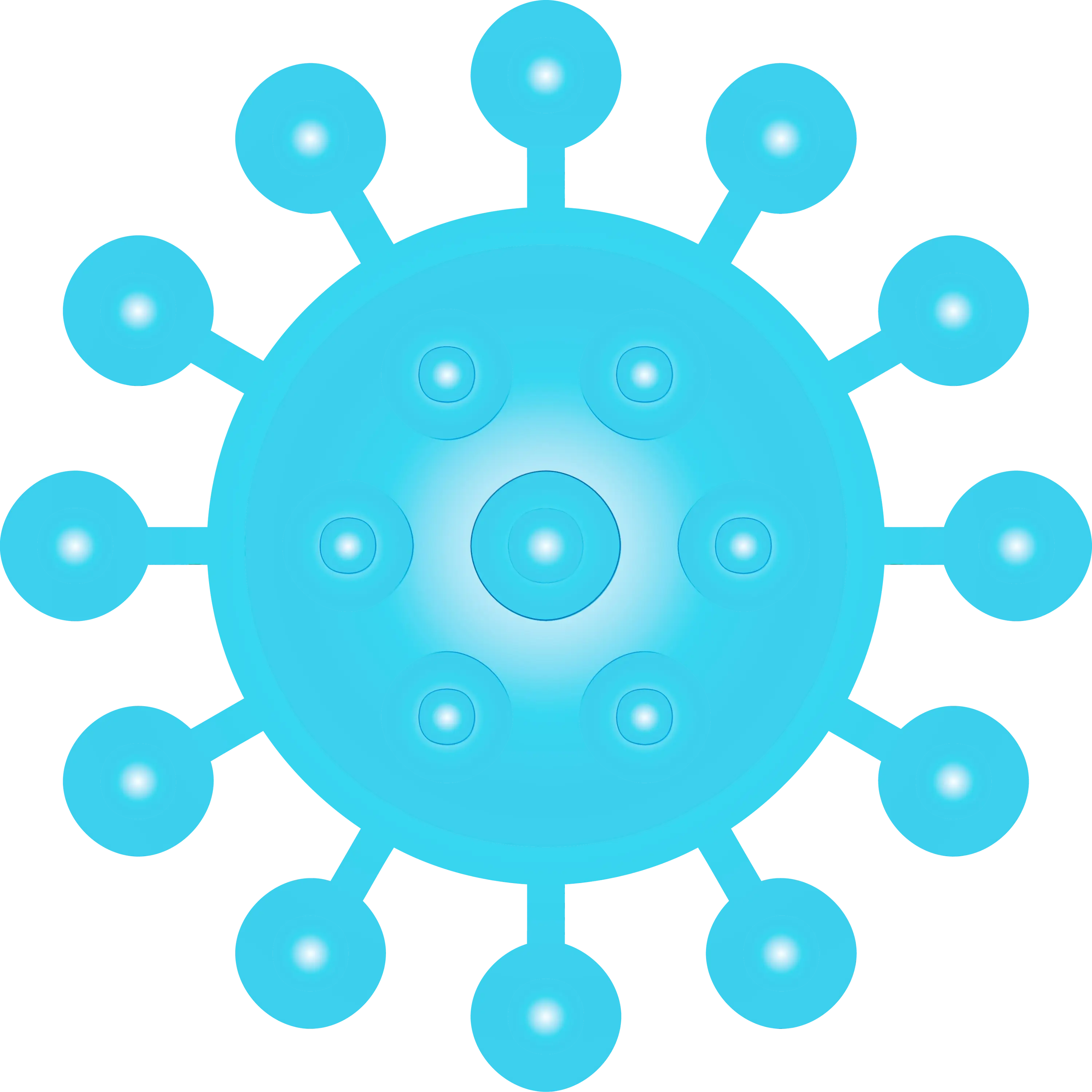
Blue Virus Illustration -
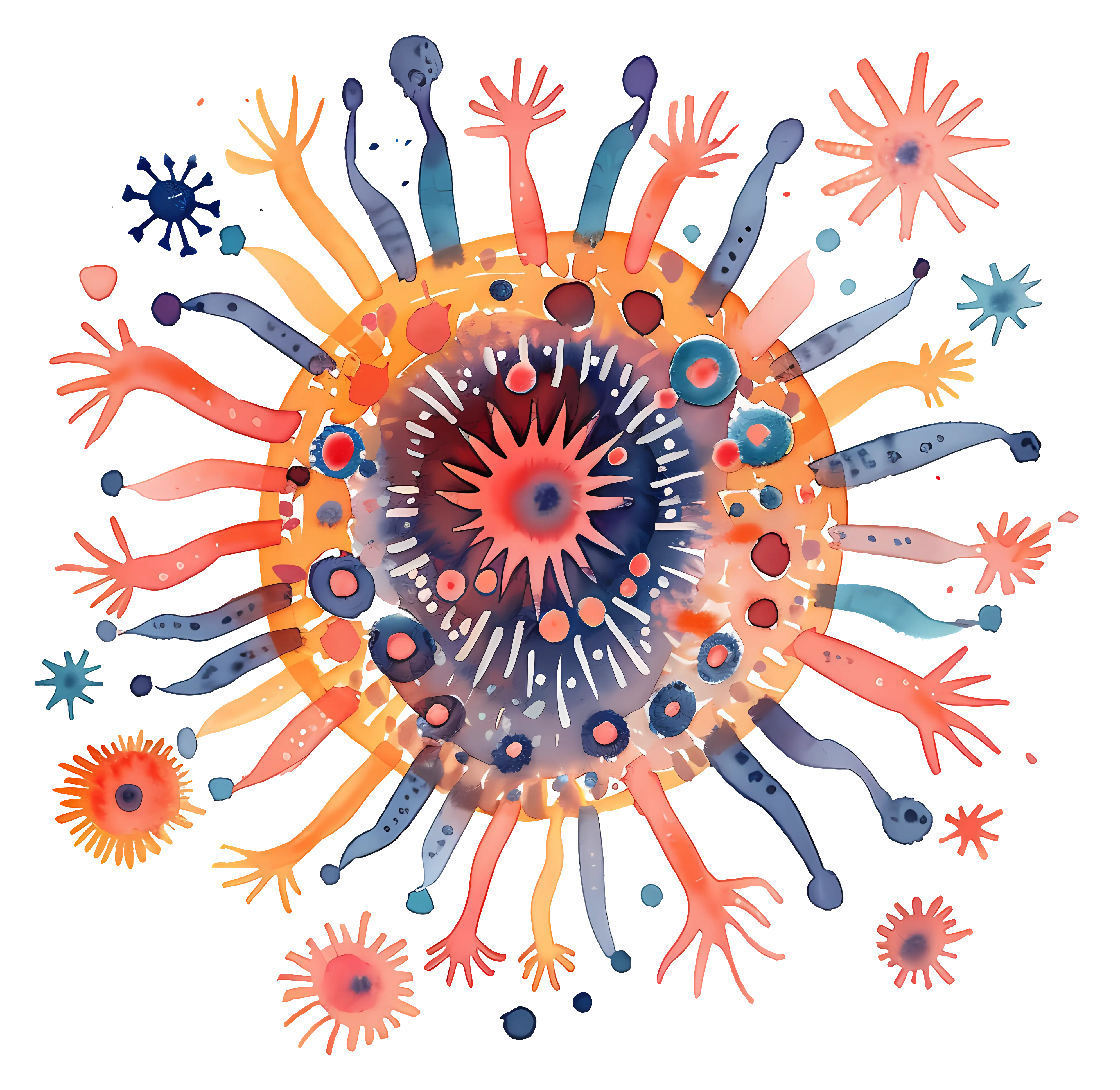
Colorful Virus Illustration -
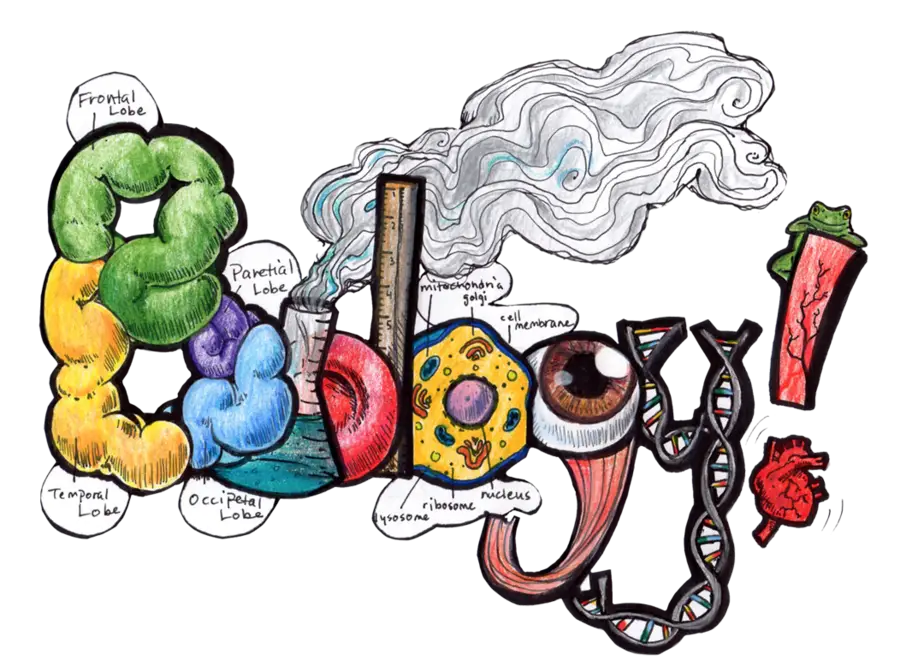
Colorful Biology Illustration -
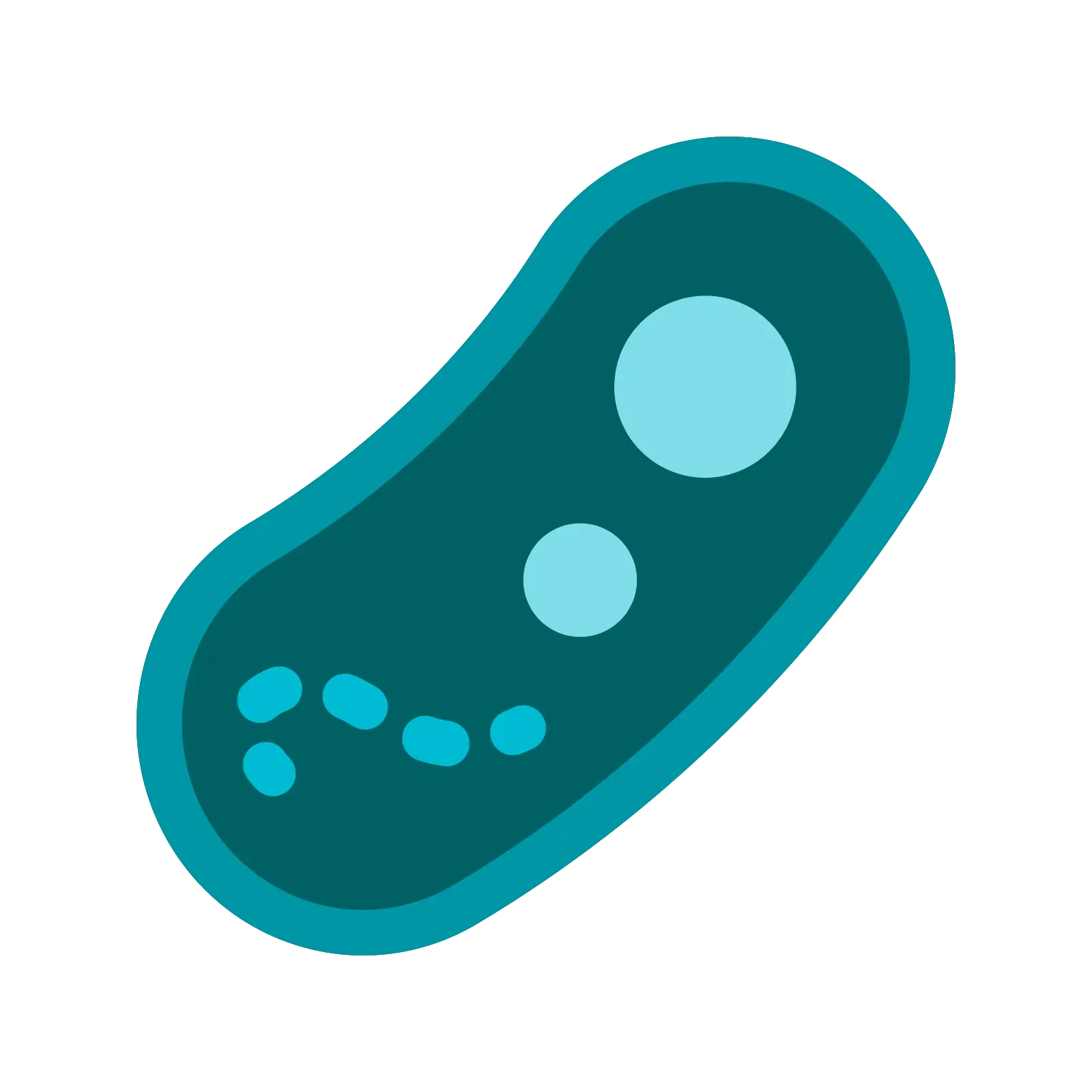
Illustration of a Bacterium -
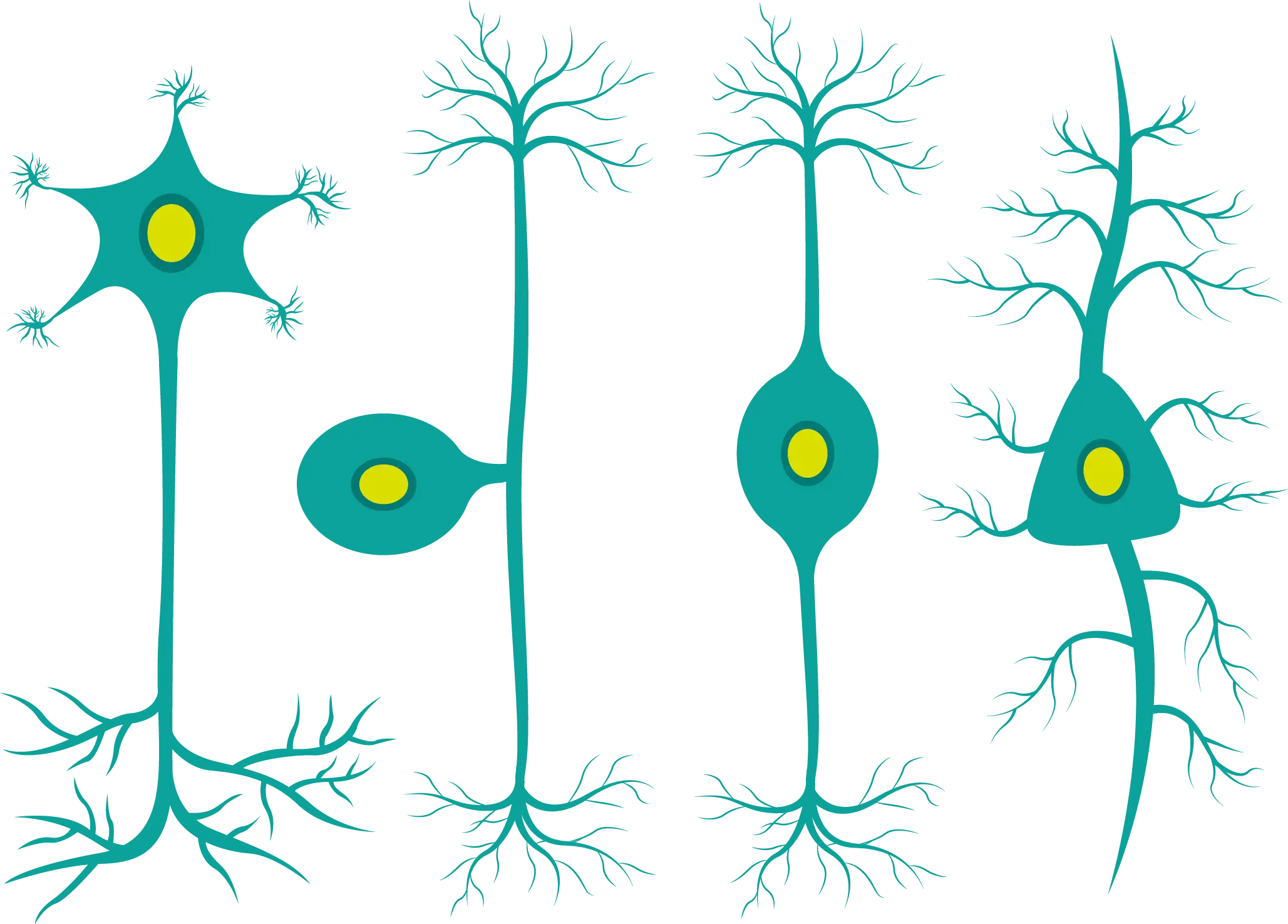
Neurons Cartoon Illustration -
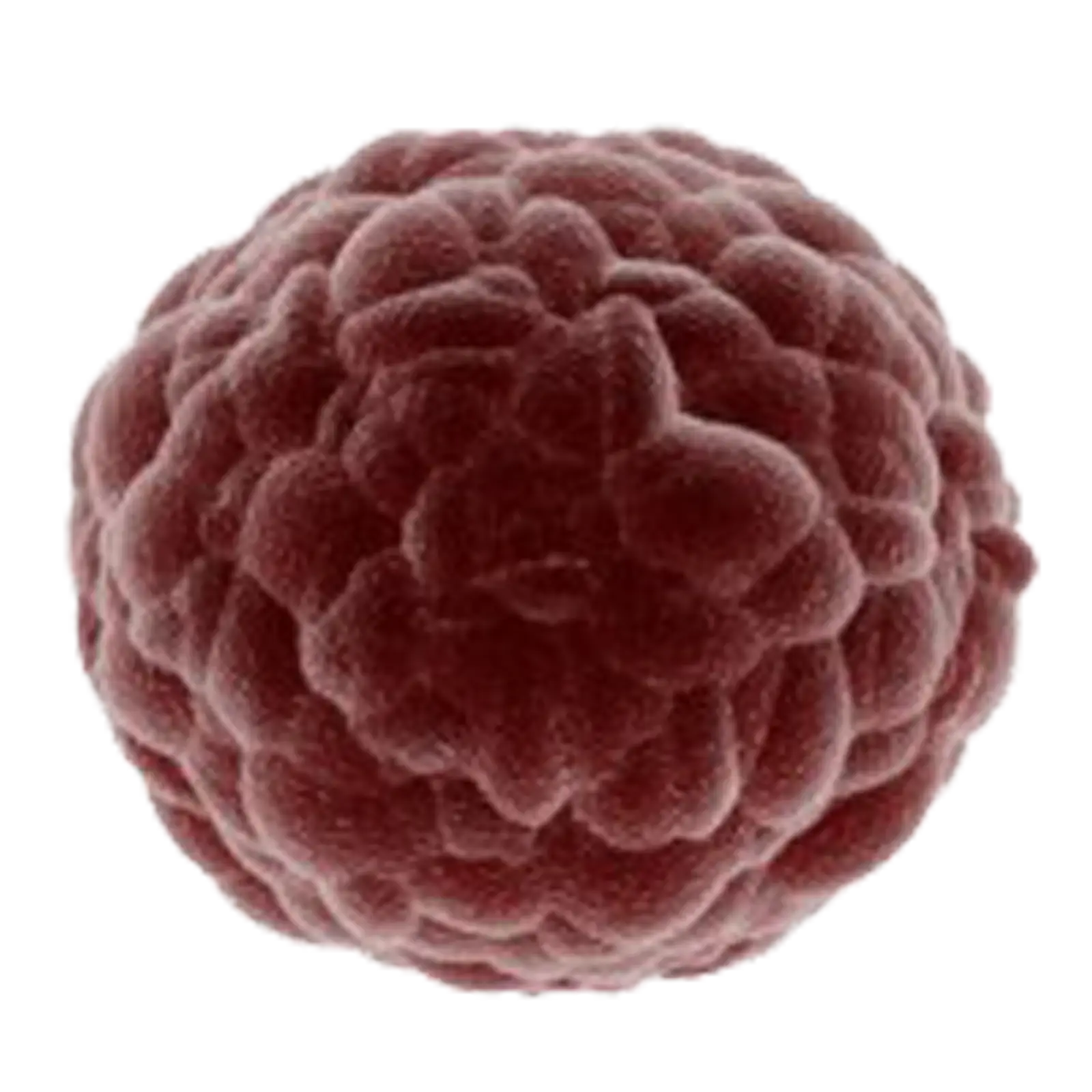
Microscopic View of a Cell -
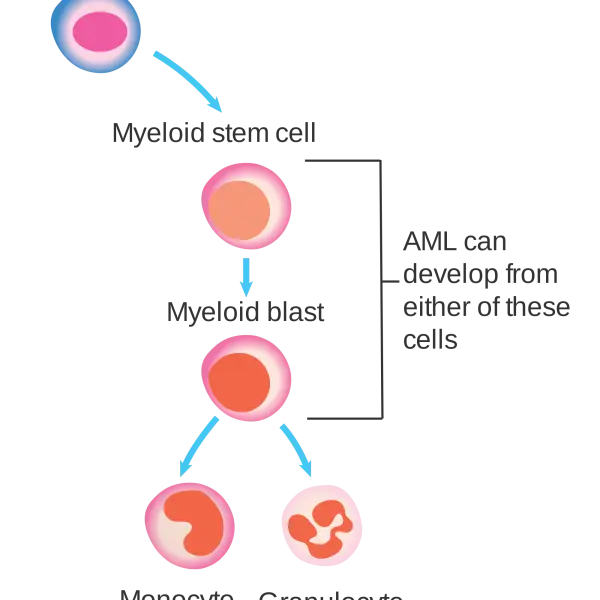
Diagram of Cell Development Process -

Elegant Diamond Ring Jewelry -

Diagram of a Bacterial Cell -
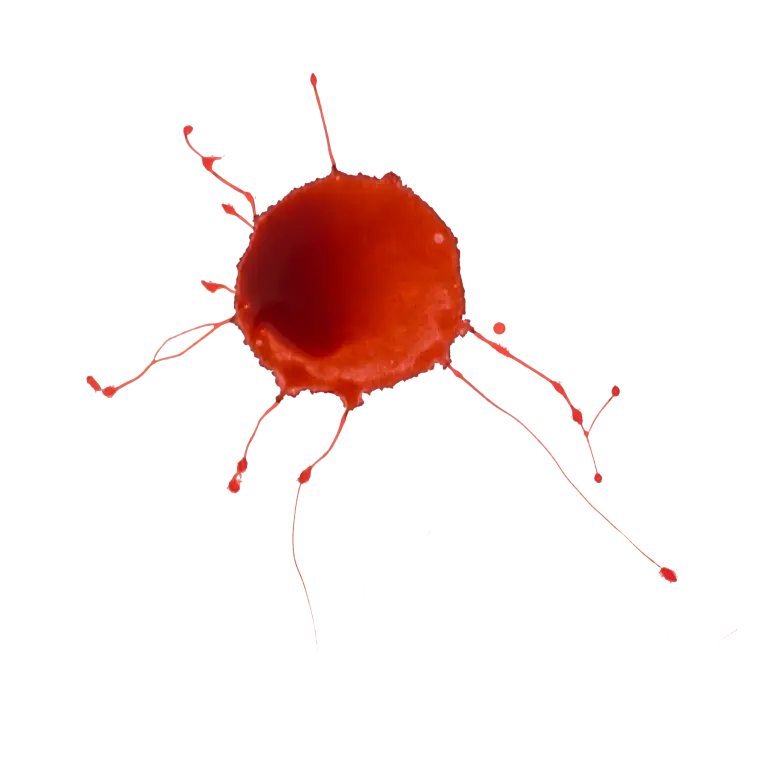
Illustration of Red Blood Cell with Extensions -
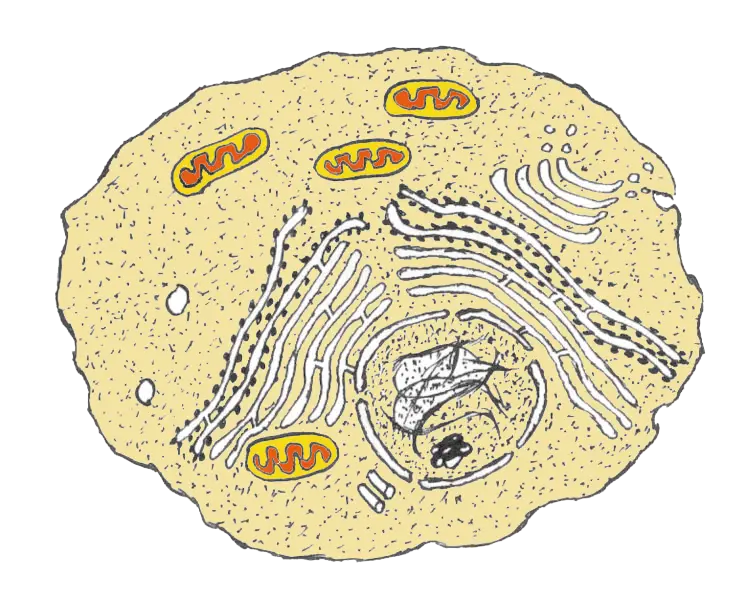
Detailed Diagram of a Cell with Organelles -

Multicolor Cube with Arrows Illustration -
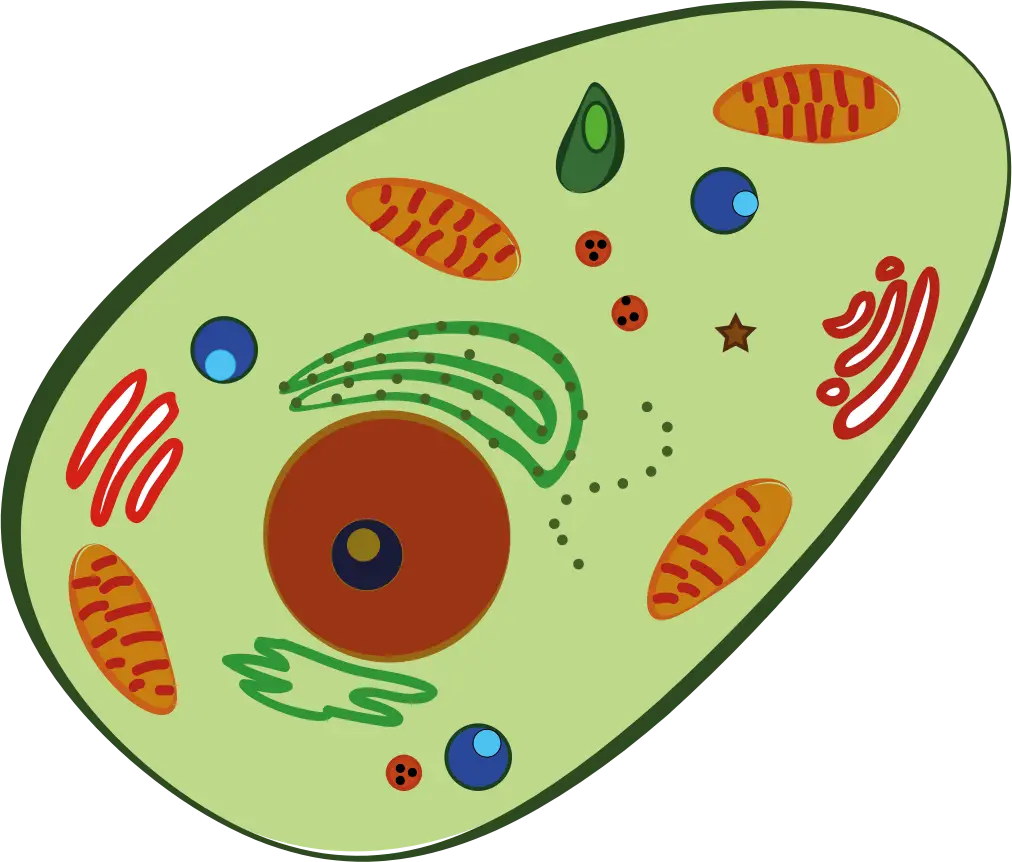
Biology Cell Diagram -
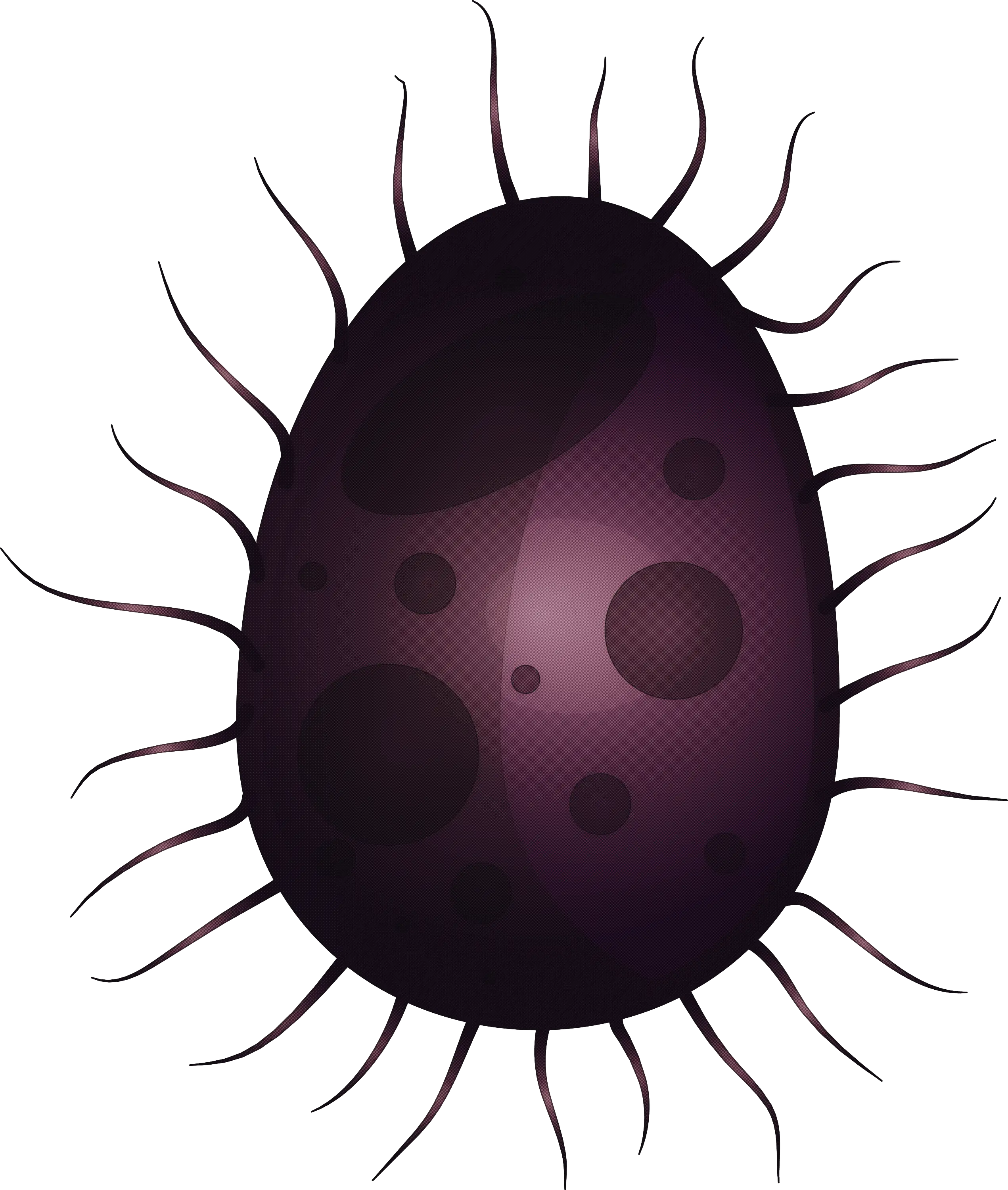
Purple Microbe Design for Scientific Illustration -

Triple Diverging Arrows in Blue -

Yellow Honeycomb Hexagonal Pattern -

Luxury Diamond Engagement Ring -

Toastmasters Pathways Learning Experience Logo -

Classic Diamond Engagement Ring in Platinum Setting -
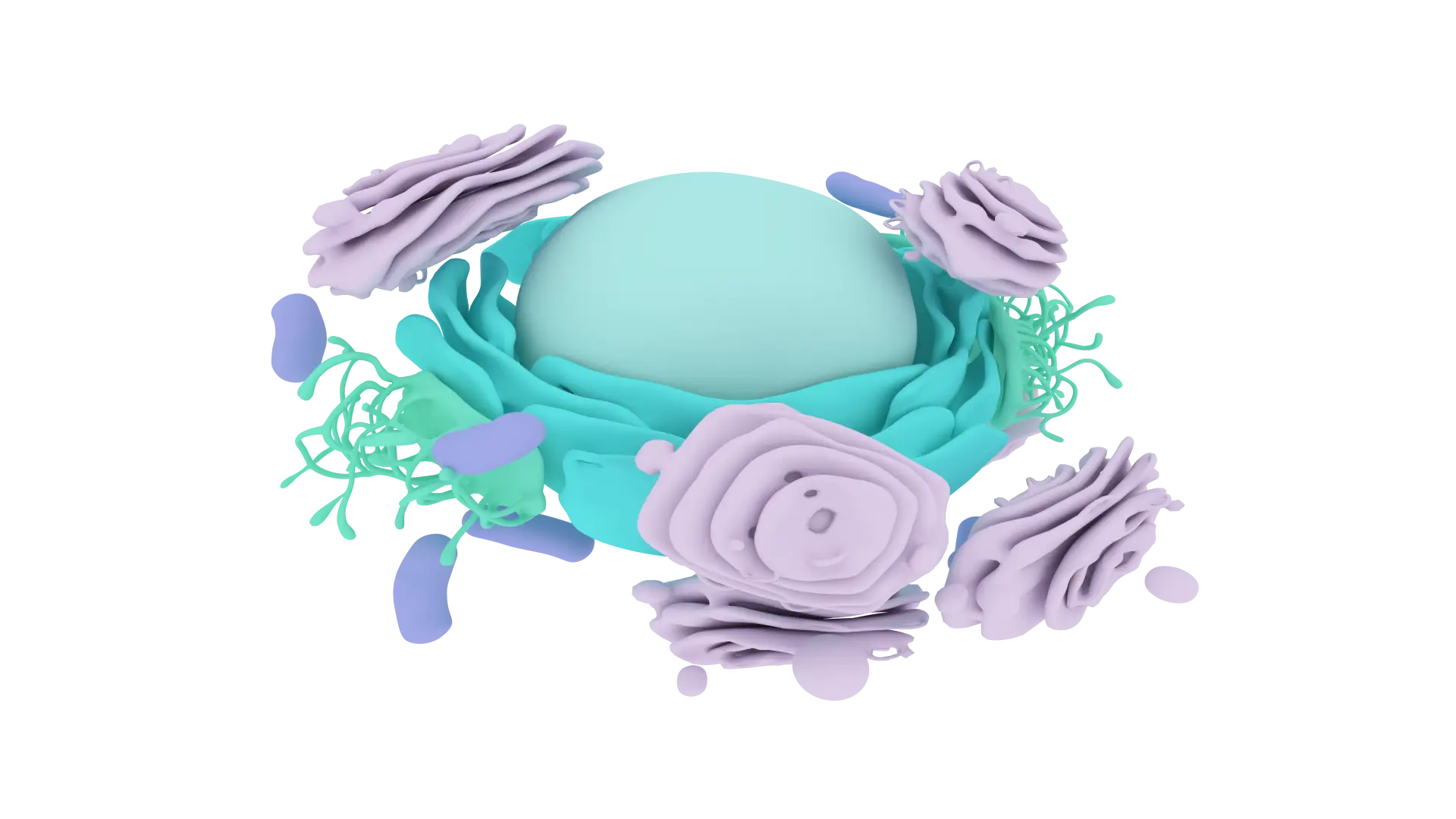
Illustration of Cell Organelles